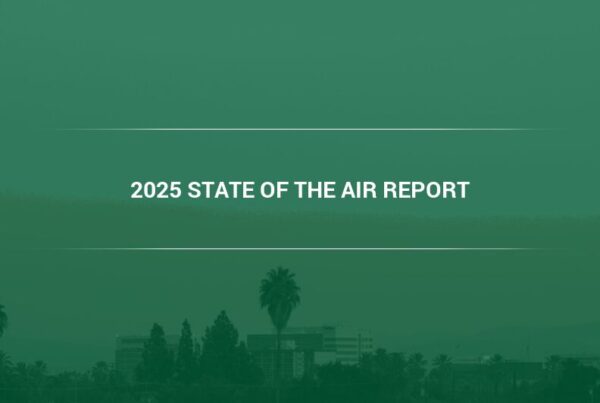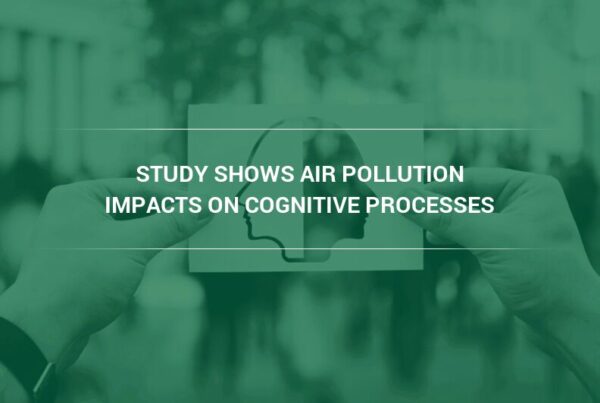How Lack of Information Contributes to Global Air Pollution – a piece on how basic information about the pollution health risks is not reaching people throughout the world.
While the air filtration industry has gone to great lengths to improve indoor air quality, creating advanced air filters that keep airborne pollutants out of homes, schools, offices, commercial buildings, and industrial facilities, these efforts don’t address a more fundamental fact of air pollution.
Each day, people make choices that affect the quality of the air they breathe. What seems to be mundane activities, whether it’s driving a car, burning wood in the fireplace, mowing the lawn every week, or using aerosol sprays, all contribute to the problem of air pollution.
“In recent years, air pollution has also become a public health issue. It has been singled out as a factor causing premature death and increasing the risk of respiratory or cardiovascular disease,” notes Kevin Wood, Vice President of Sales and Marketing at Camfil USA. “Far from being anecdotal, air pollution causes 310,000 premature deaths in Europe alone and is a growing threat in countries with fast-developing economies.”
How the Issue is Affecting Indoor Air Quality
Worsening outdoor air conditions are just one of the many reasons that builders have changed their construction techniques over the last few decades. Today, many buildings are retrofitted with thicker insulation, vapor barriers, and new doors and windows that help keep the indoor air inside while preventing outside air from seeping inside. This approach, however, creates another indoor air quality issue.
What happens in many buildings is the sealed environment causes a buildup of indoor air contaminants and moisture, which in turn, makes the air unhealthy. The EPA notes that these conditions may cause Sick Building Syndrome—a common label to describe headaches, nasal irritations, fatigue, and respiratory illness linked to spending time inside a building.
How Are Air Filter Manufacturers Addressing the Problem?
Air filter manufacturers are upping the ante against pollution by emphasizing two styles of filters that target both particulate contamination and unwanted VOCs.
Going Beyond l Air Filters
Air filters, however, only treat the symptoms of an even bigger problem. In other words, there needs to be a concerted effort to address the actual source of air pollution.
While organizations like the World Health Organization (WHO) and the World Bank have launched campaigns to encourage action against air pollution, solving this challenge requires more than just top-down solutions, green technologies, and systems that shut out air pollutants from indoor spaces.1
Time and again, countries and cities that provide their constituents with access to information about air pollution show the greatest strides in fighting it.
For example, while the Montreal Protocol was instrumental in sounding the alarm on the ozone layer crisis, the United States government’s decision to ban chlorofluorocarbons (CFCs), which were common in refrigerators, aerosol cans, and hairspray, and launch a public awareness campaign on their dangers, was ultimately what stopped the crisis from worsening. Today, studies show that the decision to fix the ozone hole is finally paying off.
These findings are consistent with clean air strategies used in other countries. Ireland, for example, introduced a smoky coal ban in the 1990s and paired it with a public awareness campaign that led to significant improvements in air quality in urban areas.
Does This Mean High-Efficiency Air Filters Are Not Needed?
Even if, by some miracle, the air pollution crisis was fixed tomorrow, particulate and molecular filters would still play a critical role in buildings where occupants are exposed to airborne contaminants like pollen, dust, equipment off-gassing, and chemical fumes. These contaminants can be found in:
- Pharmaceutical facilities
- Manufacturing sites
- Hospitals and other healthcare facilities
- Airports
- Schools
Final Notes on Choosing Air Filters
When choosing an air filter, remember that not all air filters are the same. Focus on air filters that deliver the capture efficiency needed for the local environment and one that maintains the required level of airflow. To find the filter that accomplishes both efficiency and airflow expectations, select an air filter manufacturer that has the experience and a proven commitment to improving indoor air quality across a wide range of industries.
To learn more about the importance of indoor air quality control, talk to Camfil USA. If you’re interested in learning more about our air filtration systems, please visit Camfil Air Filter Locations here
Lynne Laake
Camfil USA Air Filters
T: 888.599.6620,
E:Lynne.Laake@camfil.com
F: Friend Camfil USA on Facebook
T: Follow Camfil USA on Twitter
Y: Watch Camfil Videos on YouTube
Sources:



